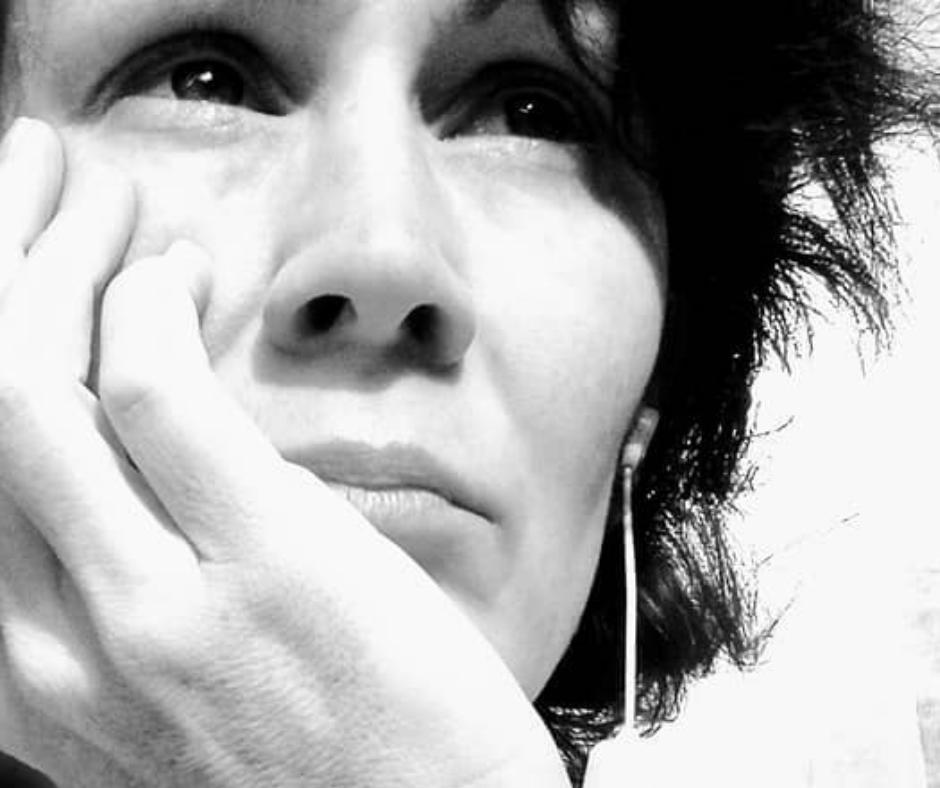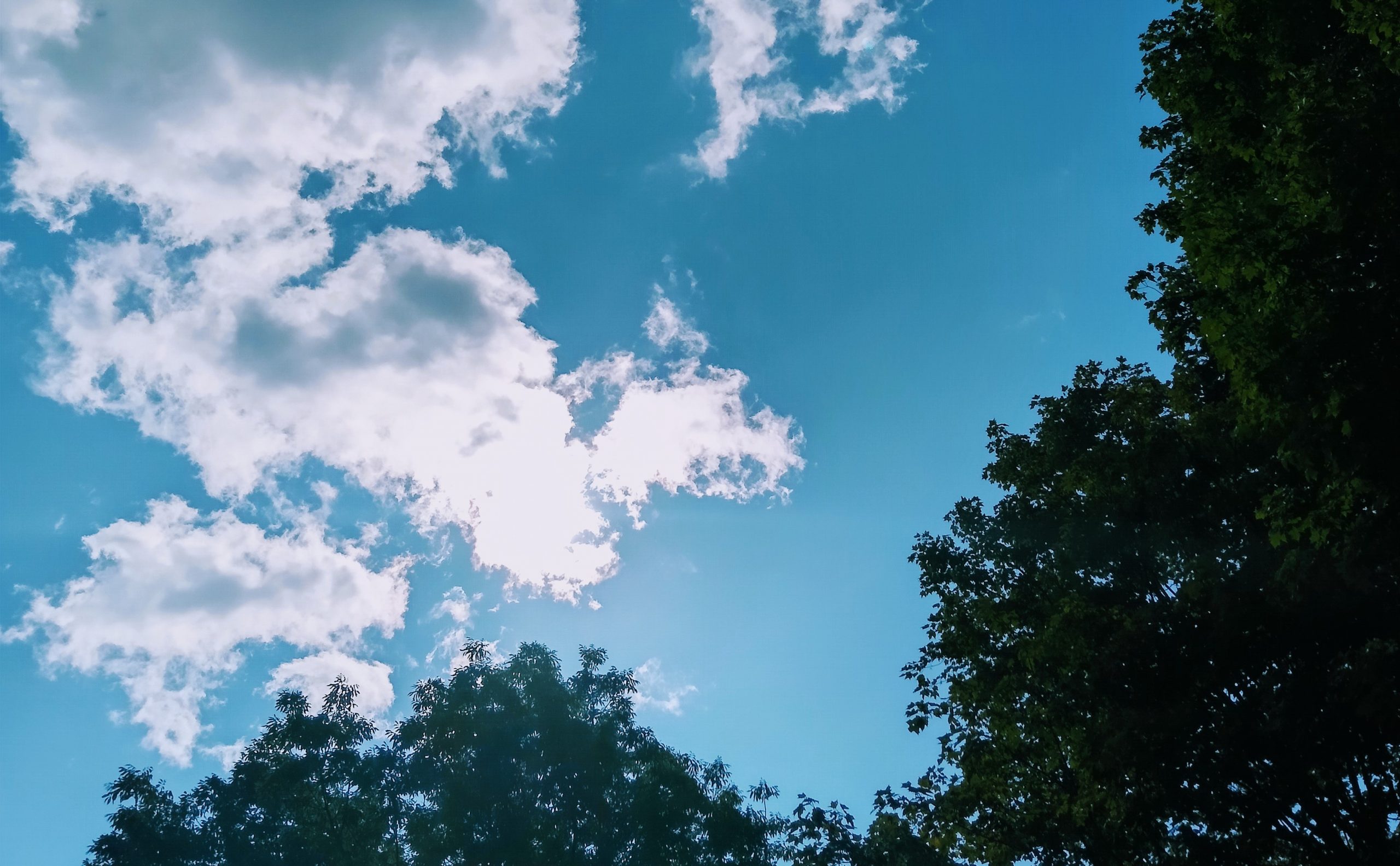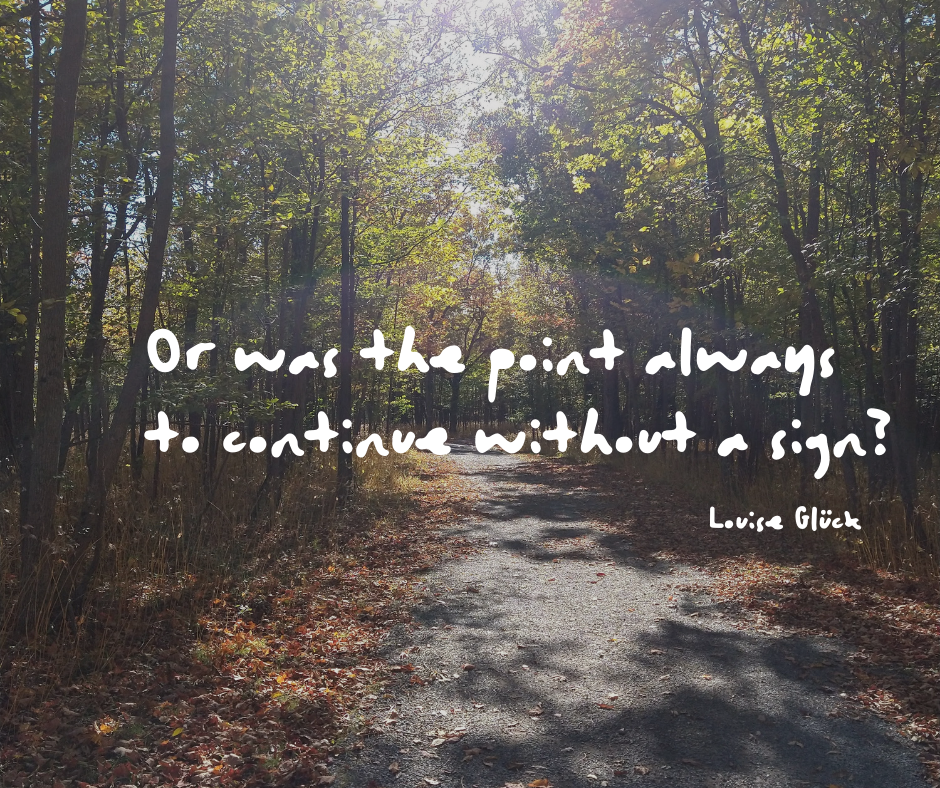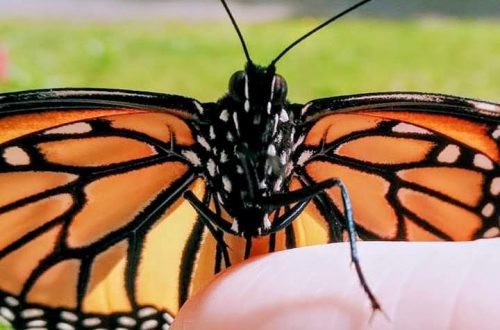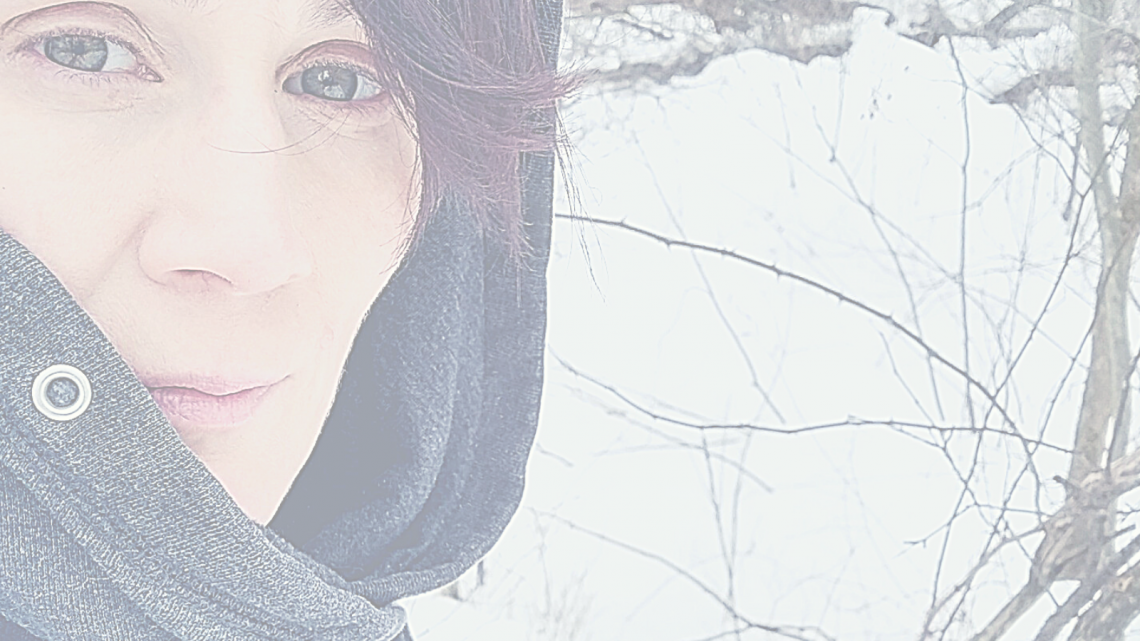
Featherless Hope
Emily Dickinson said hope is the thing with feathers that never asked a crumb of her. It was not that for me when I realized I wouldn’t end my life. My experience of almost unbearably heavy hope is where my story “The Water is Where” ended up, but that’s not where it started.
The Reedsy prompt was for a story that began with someone looking out at snow, and ended with them stepping on ice. Yes, my idea was immediate. I haven’t yet been able to complete a story I’d be willing to put in front of others in a one-week challenge window, but several prompts have been useful for starting stories I’ve kept to complete.
“How Far?” was the original story of Lydia’s journey through an empty landscape, before she required a name. The ending was ambiguous. But leaning toward tragedy. At least from my perspective. But even I wasn’t sure. Ambiguous endings can frustrate me, but they’re effective, and I find them more satisfying than when I near the end of a story and the threads are rapidly tied up in a neat bow, or decisively snipped, like the author was just done telling the story and wanted to wrap it up and move on. I like happy endings. But they shouldn’t be forced, or lazily told.
This was not a hollow “sun-broke-through-the-clouds and suddenly-all-was-right-with-the-world” story, and it never would be. But I wasn’t satisfied with just leaving my character out there on the edge with everyone, including me, guessing.
One problem was what I believed became my responsibility with my writing as a faith and mental illness/health blogger. My job was to hold out hope to those who felt lost and trapped in the darkness that wrecked and almost ended me. If there was no hope… it was wrong for me to share.
I’ve been honest with how hard and un-pretty surviving and living with mental illness can be. And I’ve held out the encouragement that we can thrive beyond what we’ve suffered, and even what we continue to suffer. It felt irresponsible to leave a character in peril that the people-in-need-of-hope I’ve written for would assume the darkest of. I couldn’t risk anyone feeling validated in their belief that suicide is an acceptable option.
I also well know that the story of a suicide is incomplete without the upheaval, the pain, the near-endless doubt it explodes into the lives around the one that was lost. But this was Lydia’s story, not theirs.
As I sat—with my doubts about this story… with my fear that for one reason or another I could never tell the stories I want to tell… with the weight, and sometimes resentment, of my responsibility to others who are broken like I was—I realized… she survived. No question.
But that doesn’t mean it was pretty. Walking away from the water did not tie Lydia’s story up in a neat bow, and the threads she tried to cut out there on the ice all needed to be picked back up, and dealt with.
As my character ended up experiencing, turning my back on the option of ending my life—ending the pain, the unbearable pain of numb—was not a simple matter of turning from death to life, dark to light, ugliness to beauty.
It was the peace of knowing I could be free from despair roughly ripped away. It was being knocked flat by the realization that my death didn’t solve my problem, that ending my life didn’t end me. It was knowing that I couldn’t escape the horror that was me, and had to submit to surviving the life I had so messed up.
Walking away, stumbling away, crawling away, collapsing at the edge to lament and grieve my escape lost, and entering the next moment knowing an unknown number of hard moments lay stretched ahead is not a happy ending, though it is a beginning… an incredibly difficult one.
No, Emily’s experience of hope is not mine. The hope that saved me was heavy. As with Lydia, it weighted my feet to the ground.

I wanted to share how “The Water is Where” came about, but didn’t want to detract from the story by adding anything after the end of it.
“The Water is Where” is my first public piece of short fiction since I was in fourth grade, if I remember correctly. With as traumatic as it was to get it polished “enough” and submitted, yeah, I think I’d remember if I’d subjected myself to that in the intervening years. Of course, it’s a different dynamic to toss it out into the endless potential audience of the internet, and then ask PEOPLE I KNOW to read it, not just distant editors or judges I won’t run into at the grocery store.
Fiction is so much harder for me to put out there than non-fiction. I’d rather tell you about what my experience of the dark was than give you a story. Because you’ll read my experience differently than my attempt at… craft.
I know how I read, how I judge writing, how I toss aside what doesn’t engage, how I don’t want to waste my time. It makes it so much harder to put my writing out there for others to read.
My writing isn’t great, but neither is much of what I read. It won’t be to everyone’s taste, which is fine. And I keep trying to articulate how and why it’s harder for me to put fiction out there, than it is sharing hard dark things about myself, but I keep failing. How many people could understand that it feels like my stories come from somewhere deeper, more intimate?
Writing about myself, my self, my experiences, feels more like a conversation. I feel like I’m in control. In control of what I reveal. It’s not like that with my stories. I feel like I’m inviting readers in to see so much more of what goes on beneath all that I choose to put out there for observation.
My story of a small mouse earned an honorable mention that came with a fifty-dollar savings bond and publication, with an incredibly dorky photo, in the newspaper that sponsored the Christmas story contest… It was also misprinted the first time, so reprinted…
A fourth-grade story isn’t a big deal now, but where does a writer find the confidence to compete with past accolades? I was struck by that the other day when reading about a short story collection by a now-successful novelist whose next book is about to be released. The collection was touted by a respected reviewer “near perfect”… dang… That’s a lot of pressure, a lot to live up to. There’s that, and, on the flip side, where does one find the fortitude to put the next piece, a piece that’s a part of them, out there after the last has been panned, or ignored. Even on a small scale…
But here I am, back again. Giving you another easier piece of non-fiction as I contemplate what short story I’ll share next, and continuing to try to attract readers to the little but big story that’s already out there.
Speaking of which, you can read “The Water is Where” here…
Here’s what Emily had to say about hope… at least when she wrote this poem…
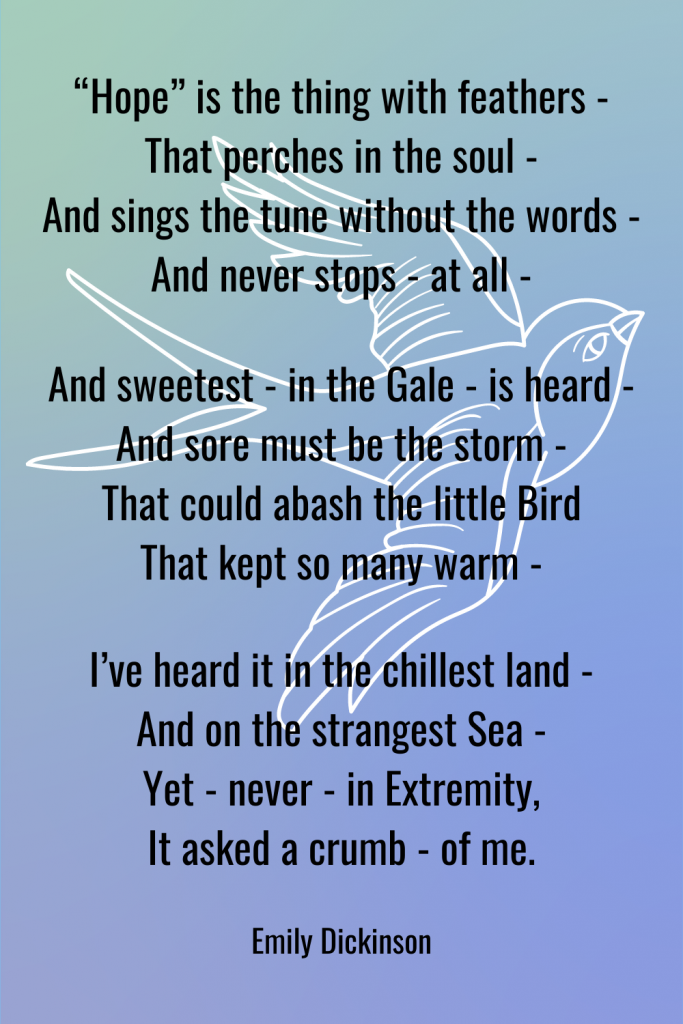
This essay originally appeared on Vocal.media
Disclaimer: If you click an Amazon link and make a purchase, I receive a small commission as an Amazon associate. This does not add to your cost, but gives me a few cents to support my blogging habit.

